Imagine standing on the edge of a glacier, hearing its ancient ice crack and groan. Now imagine that same ice, which has quietly shaped our world for centuries, disappearing—leaving behind not just barren rock, but a world on the edge of chaos. Shrinking glaciers aren’t just a tragic story of lost beauty or threatened wildlife. They’re ticking time bombs, quietly setting the stage for future wars over water, land, and survival. As the world heats up, what once seemed as solid as stone is vanishing, and with it, the delicate balance that keeps peace in some of the world’s most fragile places. The melting of glaciers is more than a climate headline—it’s a looming crisis that could redraw borders and ignite conflicts in places you’d never expect.
The Disappearing Giants: Glaciers in Retreat
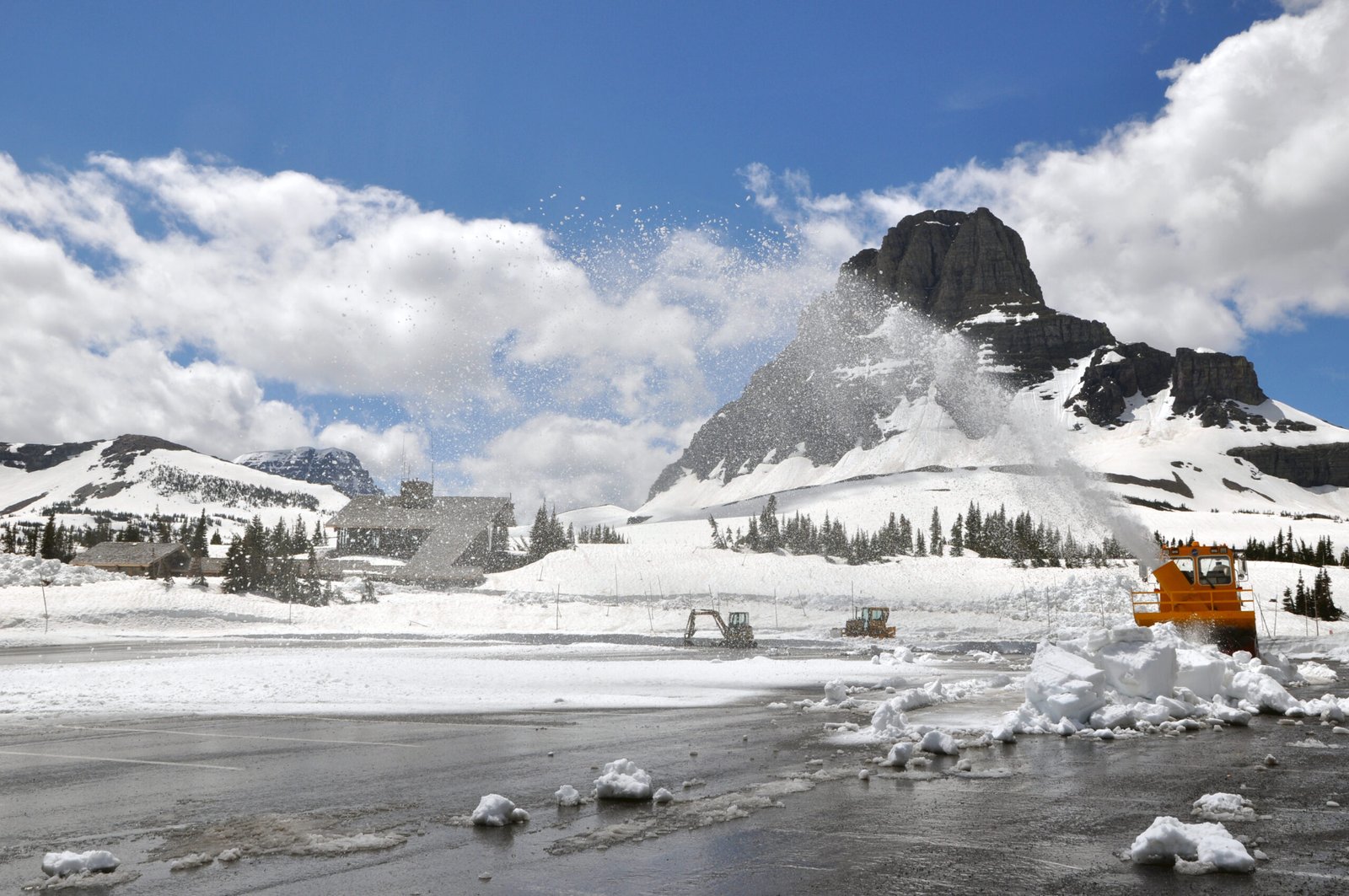
Glaciers, those massive rivers of ice, have shaped landscapes and supported civilizations for thousands of years. But now, across the globe, they are melting at a pace that’s both shocking and heartbreaking. In the Himalayas, Andes, Alps, and Rockies, satellite images reveal shrinking ice fields where once there was sprawling white. This isn’t just a slow drip—some glaciers are losing meters of thickness each year. The consequences go far beyond rising sea levels. These disappearing giants are water towers for billions, and their retreat is a silent alarm that few are hearing loudly enough.
Water Wars: A Thirsty World on Edge
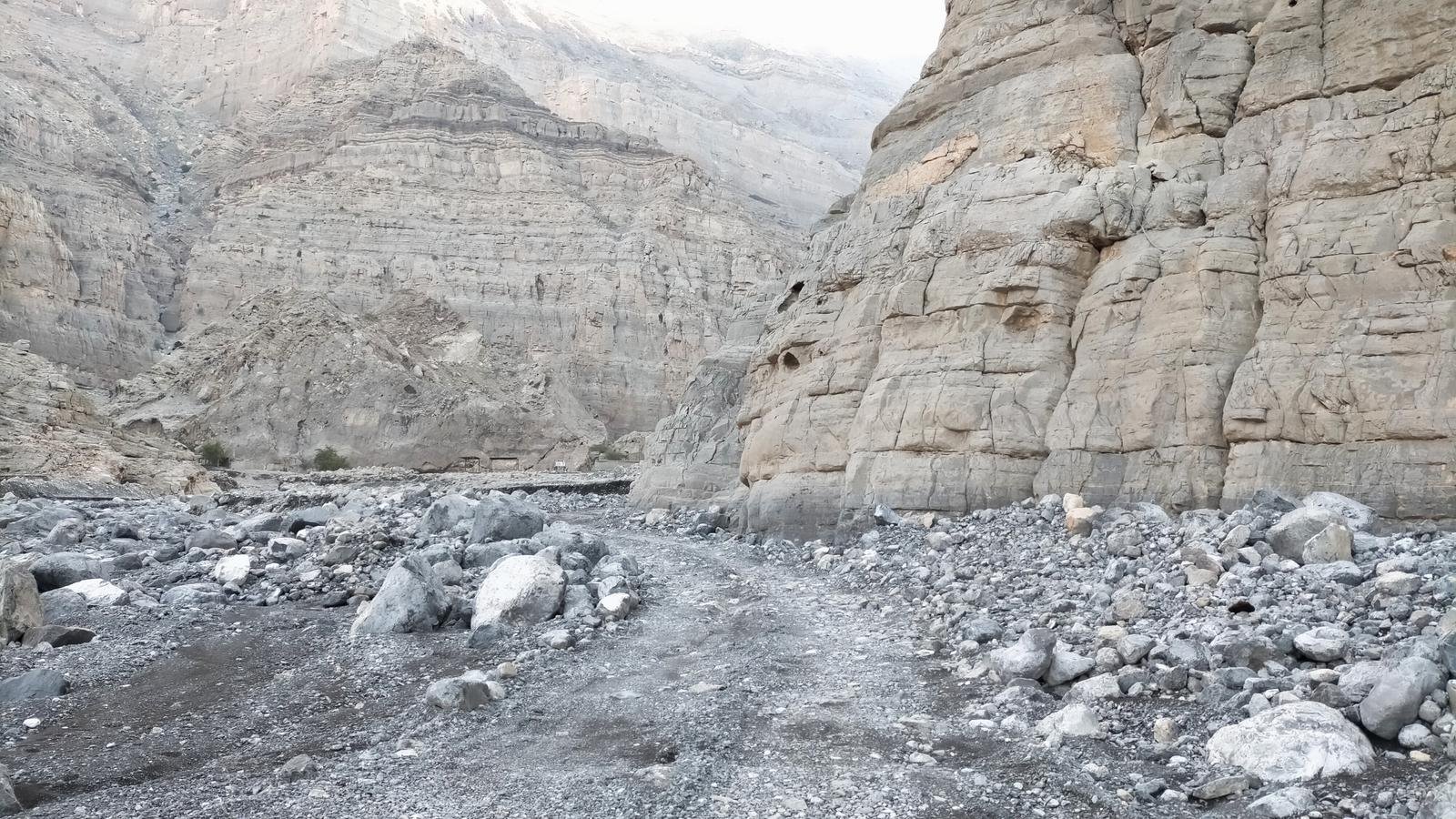
As glaciers melt, the rivers they feed lose their steady flow. For many regions, especially in Asia and South America, glacier meltwater is the difference between feast and famine. Think of the Indus, Ganges, and Yangtze rivers—lifelines for entire countries. When that steady flow falters, farmers, cities, and industries scramble for what’s left. It’s easy to forget that water can become more precious than oil. When people are thirsty, tempers flare and old disputes reignite, turning dry riverbeds into battlegrounds.
Border Disputes: Lines in the Ice and Sand
Glaciers often form natural borders, their frozen mass a clear demarcation between nations. But when they shrink, those lines blur. In the Himalayas, for instance, receding ice has muddied long-standing borders between China, India, and Pakistan. What was once uninhabitable ice becomes newly exposed land—land that everyone claims, and no one wants to give up. These shifting landscapes create the perfect storm for border disputes, with nations racing to stake a claim before the ice is gone for good.
Hydropower Headaches: Electricity at Risk
Many countries depend on glacial meltwater for hydropower. Dams dot rivers from the Alps to the Andes, sending electricity into millions of homes. But as glaciers shrink, so does the water they provide, threatening blackouts and energy shortages. When the lights flicker, so does public trust. Imagine a city plunged into darkness during a heatwave, tempers rising with the temperature. Hydropower shortages can quickly fuel political instability, giving desperate leaders the excuse to blame neighbors and stoke old rivalries.
Food Security: Fields Running Dry
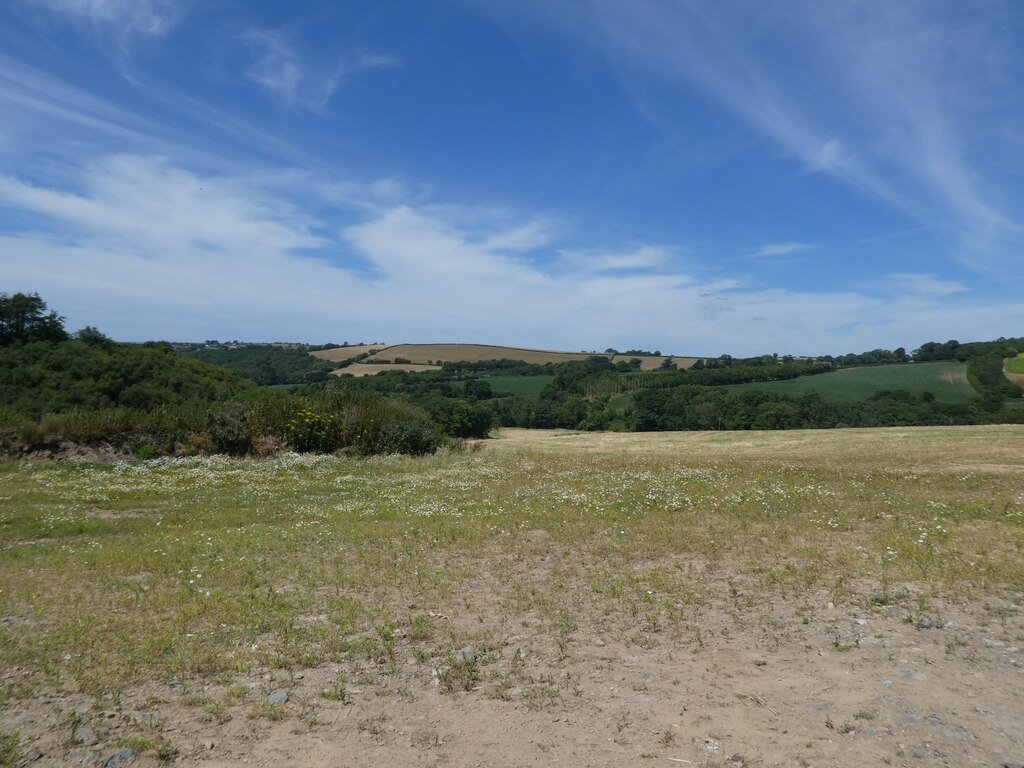
The world’s breadbaskets—those fertile valleys and plains—often depend on glacier-fed rivers for irrigation. In places like Peru, India, and Pakistan, millions of farmers time their planting to the rhythms of glacial melt. As the ice disappears, so do predictable water supplies. Crops wither, harvests shrink, and food prices soar. Hungry populations are rarely peaceful, and history shows that food shortages can topple governments and turn neighbors against each other faster than almost anything else.
Urban Water Stress: Mega-Cities in Peril
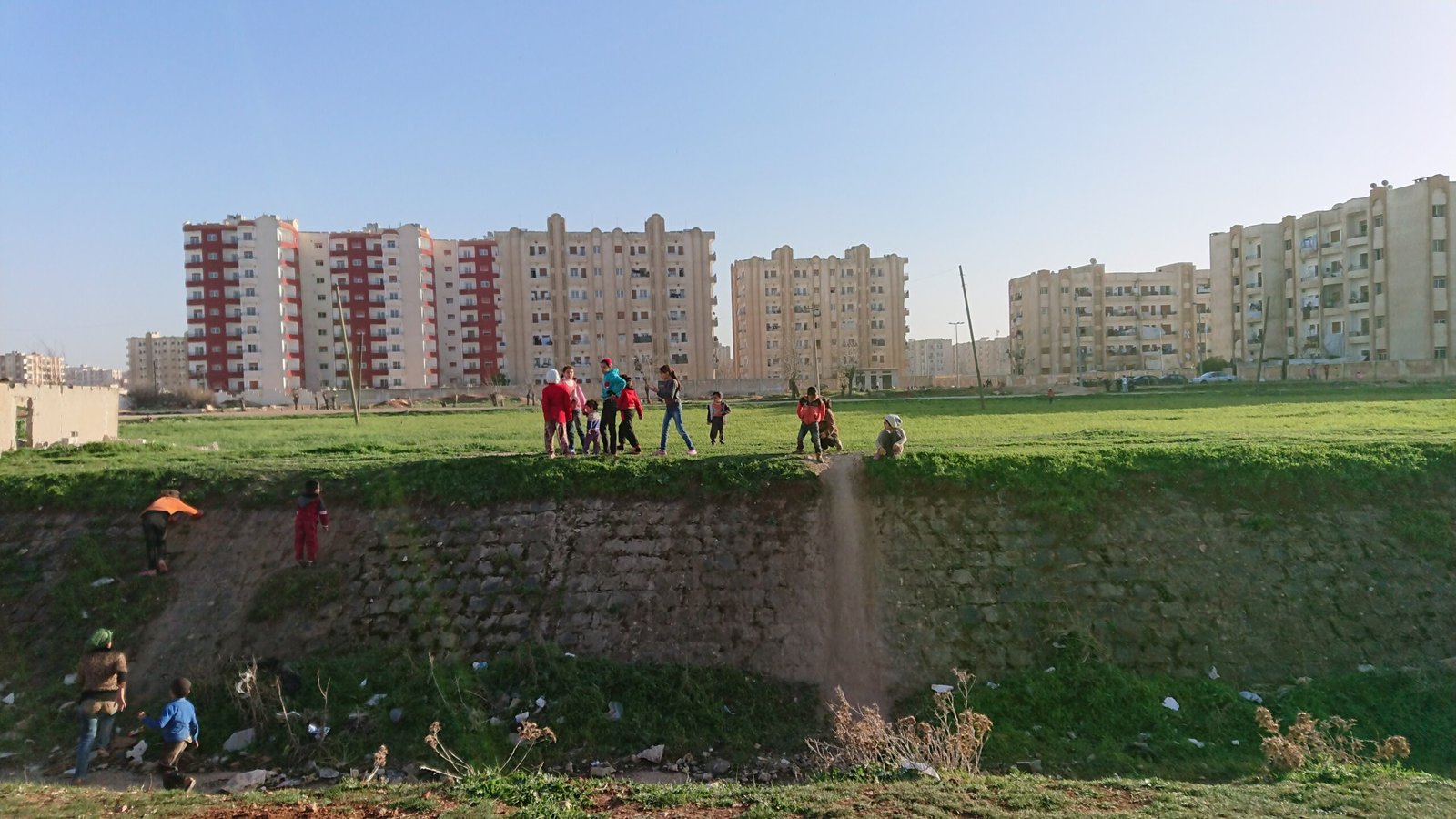
Cities from La Paz to Kathmandu rely on glacial runoff for their drinking water. As these sources dry up, urban planners are left scrambling. Imagine millions of people in a sprawling city, suddenly facing water rationing or dry taps. The panic and frustration that follow are fertile ground for unrest. Protests over water have already erupted in places like Cape Town and Chennai—what happens when glacier melt vanishes for good?
Indigenous Communities: Ancient Ways Under Threat
For indigenous peoples, glaciers are more than just ice—they are sacred ancestors, the heart of ancient traditions. In the Andes, the Q’ero people believe glaciers are living spirits. As the ice melts, so do centuries-old ways of life. Forced to migrate or abandon rituals, these communities face an identity crisis alongside material hardship. In some regions, tensions flare between indigenous groups and outside developers eager to exploit newly exposed land and resources.
Downstream Dilemmas: Sharing the Last Drops
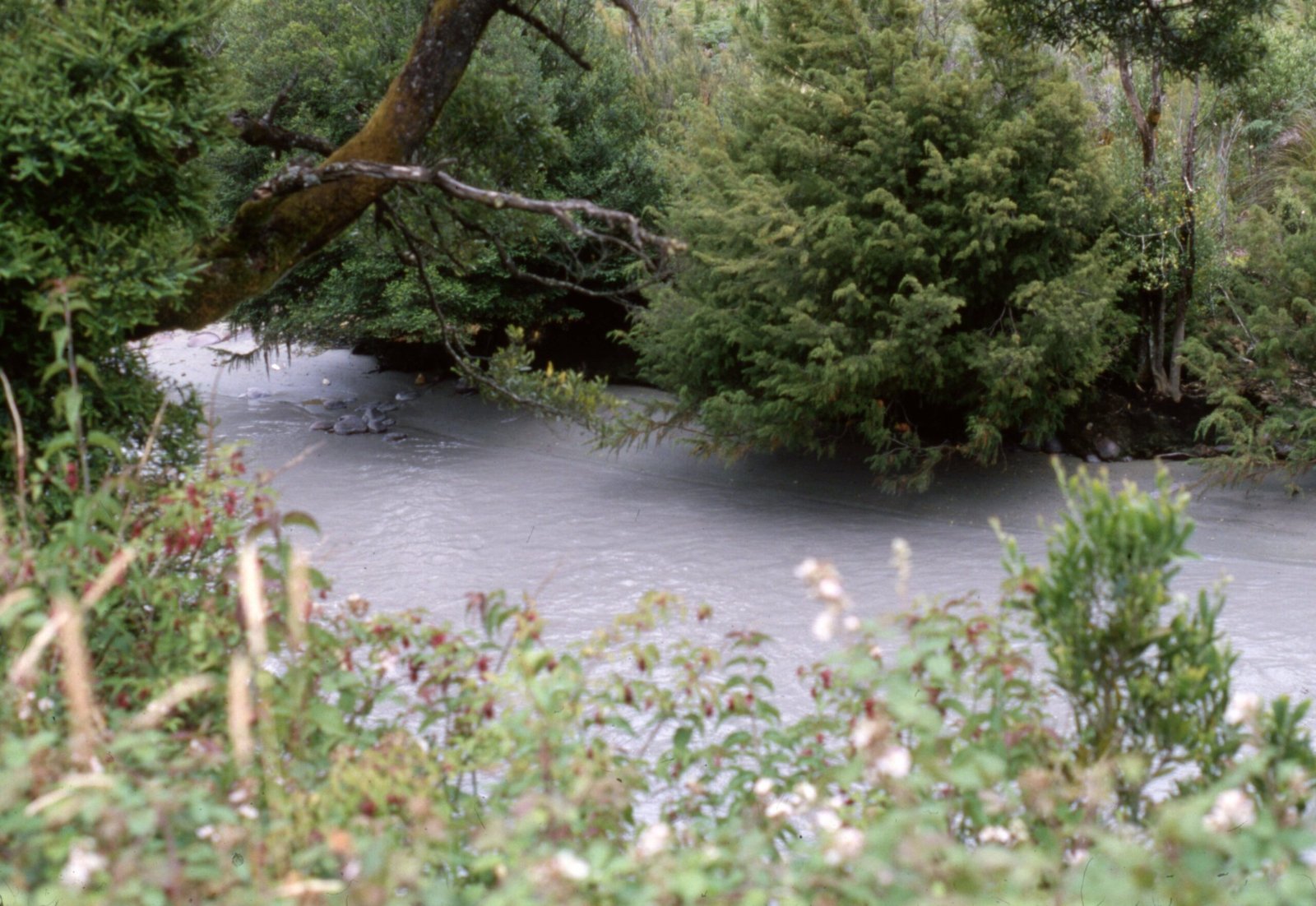
Rivers don’t care about borders, but nations do. Countries upstream can build dams or divert water, leaving those downstream with less. The Nile, Mekong, and Indus rivers are classic examples—nations squabble over every drop, especially as glaciers retreat. These disputes rarely stay polite. Water-sharing agreements grow tense, and any misstep or drought can spark accusations, sanctions, or worse.
Military Maneuvers: Armies in the High Ice
Some of the world’s most heavily militarized borders sit near glaciers. The Siachen Glacier, wedged between India and Pakistan, is the world’s highest battleground. As the ice melts, military outposts shift, patrols change routes, and new territories open up for occupation. The harsh climate is no deterrent; national pride and strategic advantage trump frostbite. The risk of skirmishes or accidental escalations grows as the terrain transforms, with soldiers on both sides watching the melting ice as closely as they watch each other.
Resource Rush: The New Gold Beneath the Ice
As glaciers retreat, they reveal not just land, but resources—minerals, rare earths, and even oil. The Arctic is a dramatic example, with Russia, the US, and Canada eyeing new shipping lanes and drilling opportunities as the ice cap shrinks. In mountainous regions, mining companies race to stake claims. This resource rush brings jobs and money, but also pollution, displacement, and—inevitably—conflict over who gets what and at what cost.
Climate Refugees: The Human Toll
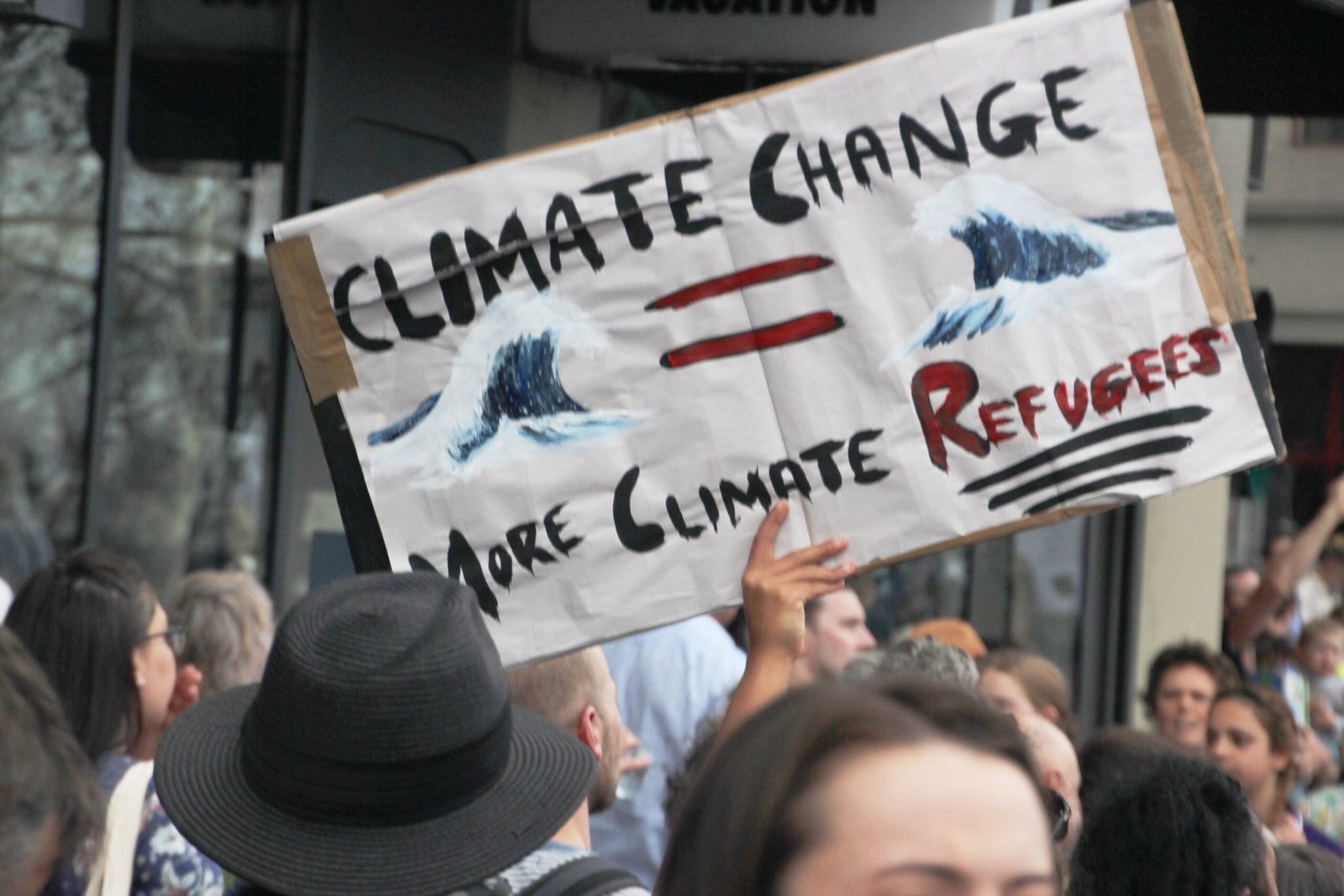
When water disappears and crops fail, people move. The world is already seeing waves of “climate refugees”—families forced to abandon parched villages for crowded cities or foreign lands. This mass migration strains resources, stirs up xenophobia, and sometimes sparks violence. As glaciers vanish, the tide of displaced people will only rise, turning climate change from an environmental issue into a humanitarian crisis.
Economic Fallout: Markets on Thin Ice
The financial impact of melting glaciers is staggering. Insurance companies face mounting claims from floods and droughts. Farmers lose income, cities spend fortunes on emergency water supplies, and governments pour billions into adaptation. Economic instability can quickly become political instability, shaking fragile states and triggering unrest. Investors pull back, jobs disappear, and the cycle of conflict accelerates.
International Tensions: From Diplomacy to Showdowns
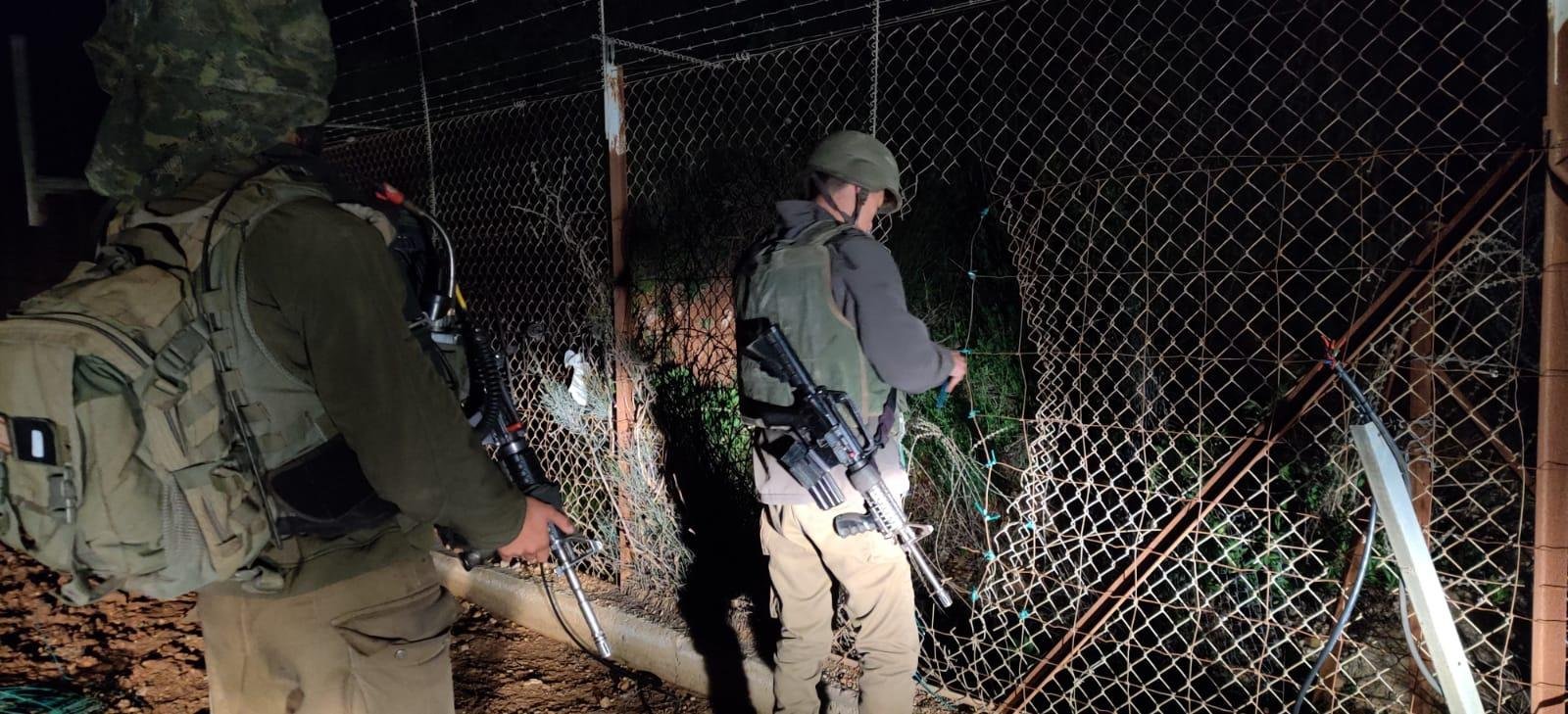
Water treaties, like the Indus Waters Treaty between India and Pakistan, are strained by shrinking glaciers. Countries that once shared resources amicably become rivals, pointing fingers and flexing muscles at international summits. Diplomatic channels clog with accusations and ultimatums. In the worst case, failed negotiations leave military options on the table, raising the specter of armed conflict over something as basic as a river’s flow.
Ecological Cascades: Nature’s Domino Effect
Glaciers feed not just humans, but entire ecosystems. As they vanish, wetlands dry up, fisheries collapse, and forests burn. Animals from tiny insects to majestic snow leopards face extinction as their habitats disappear. This ecological unraveling isn’t just a tragedy for nature lovers—it destabilizes entire regions, as livelihoods vanish and communities are forced to compete for ever-scarcer resources.
New Technologies: Hope or Hype?
Desperate for solutions, scientists and engineers are racing to develop new ways to store water, create artificial glaciers, or even tow icebergs to thirsty cities. Some of these ideas sound like science fiction, but a few are being tested in the Himalayas and Andes right now. These innovations offer hope, but also risk—unproven technology can fail, and unequal access can create even more tension between those who have and those who don’t.
The Role of Superpowers: Global Stakes in Local Ice
Major powers like China, the US, and Russia have a keen interest in glacial regions, whether it’s the Tibetan Plateau, the Arctic, or the Andes. Their involvement brings big money, advanced technology, and sometimes military muscle. While they can help with disaster relief or infrastructure, their presence can also escalate local disputes into global standoffs, turning what starts as a regional crisis into an international flashpoint.
Legal Battles: Who Owns the Water?
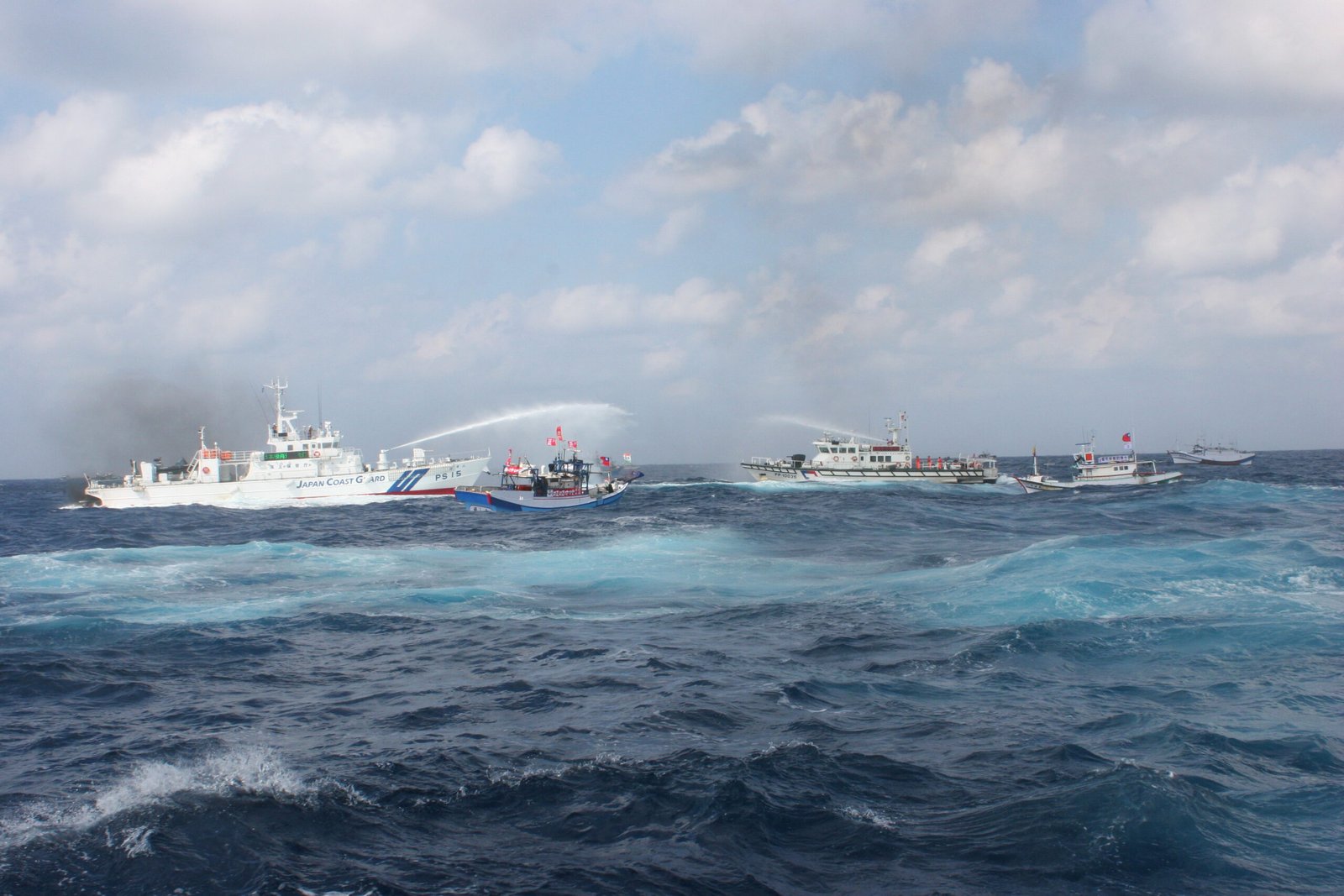
As water becomes scarce, legal battles erupt over rights and access. Courts from California to Kathmandu are seeing more cases involving river rights, hydroelectric projects, and indigenous claims. The law often lags behind reality, leaving communities with little recourse. These disputes can drag on for years, fueling resentment and sometimes boiling over into violence when patience runs out.
Climate Change Denial: Ignoring the Inevitable
Despite overwhelming evidence, some leaders still downplay or deny the threat of melting glaciers. This denial delays action, frustrates scientists, and leaves vulnerable communities unprotected. When reality finally hits—when the rivers dry up or the crops fail—it’s often too late. The anger and betrayal that follow can destabilize societies, creating fertile ground for extremist movements and conflict.
Youth Movements: Rising Voices for Peace and Ice
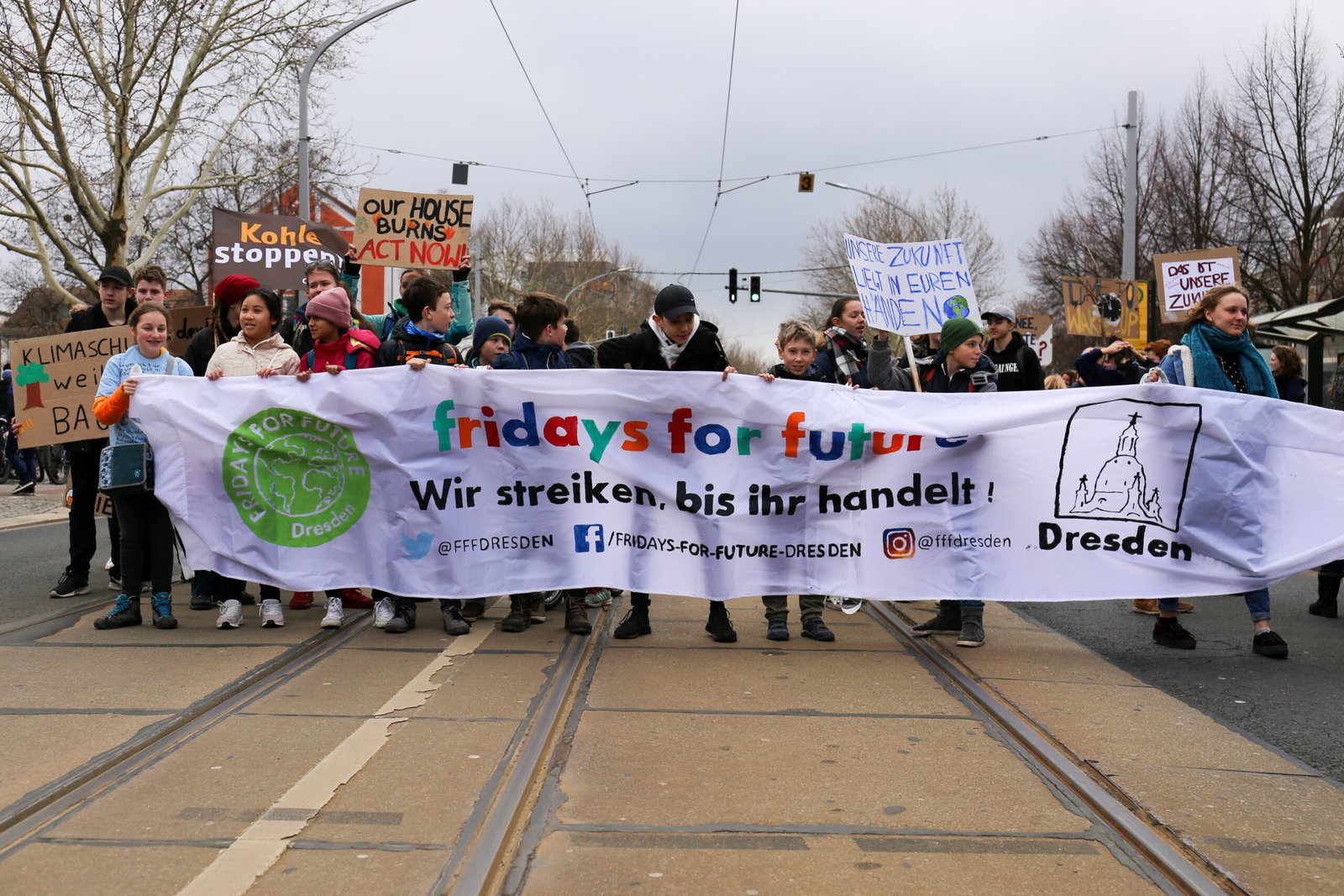
Young people are increasingly at the forefront of climate activism, demanding that leaders take glacier loss seriously. From Greta Thunberg’s school strikes to local youth groups in the Himalayas, their voices are loud and persistent. They organize protests, launch petitions, and pressure governments to act. Their passion is inspiring, but also signals a generational divide—one that could reshape politics, or, if ignored, fuel deeper frustrations.
A World at a Crossroads: What’s Next?
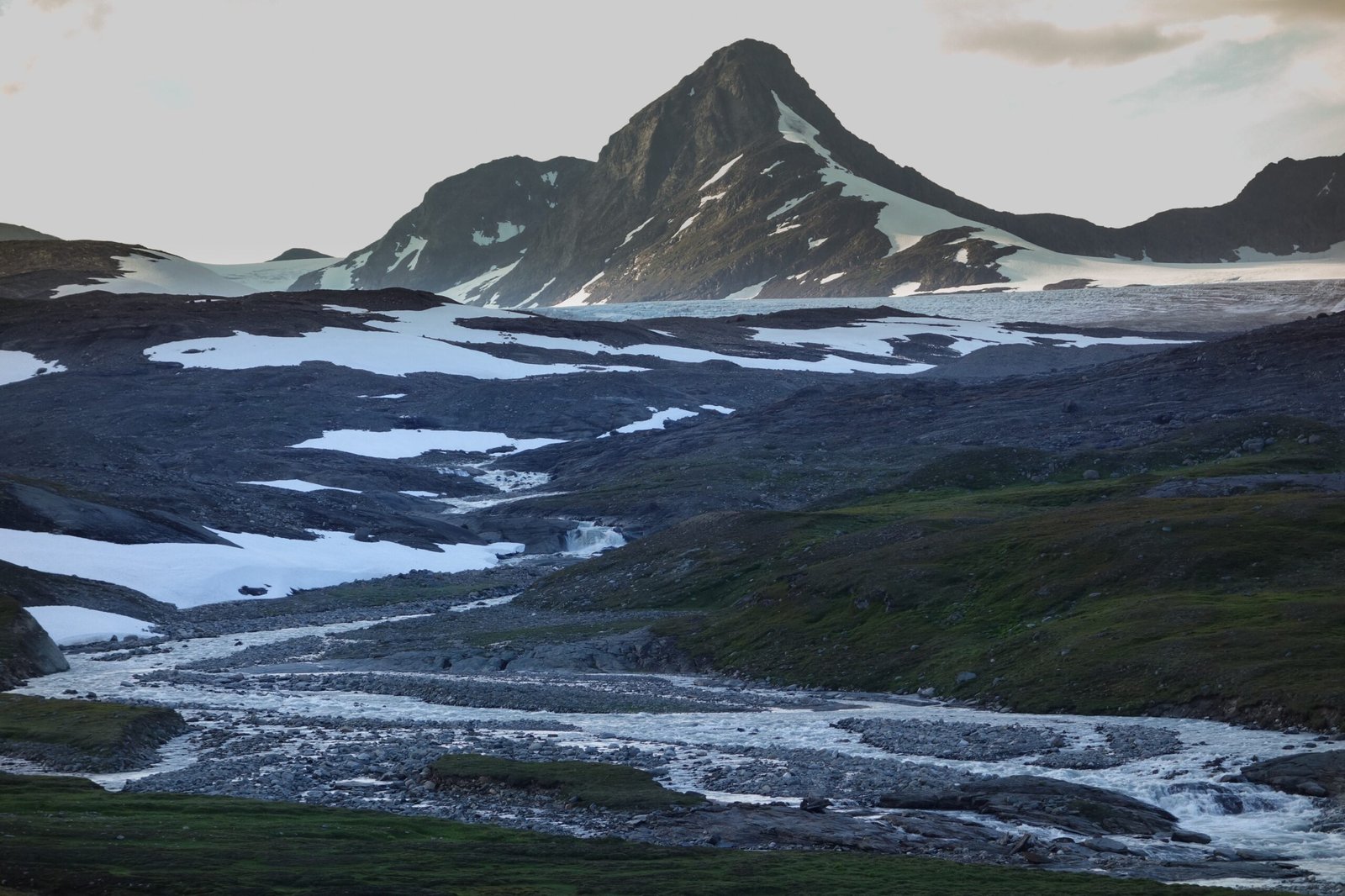
The melting of glaciers is not just a distant tragedy or a scientific curiosity—it’s a looming force that could remake the world’s map, trigger wars, and reshape civilizations. The choices we make now—how we manage water, share resources, and confront climate change—will determine whether the future is one of cooperation or conflict. The melting ice is a warning, but also a call to action. Will we listen before the last glacier is gone?



